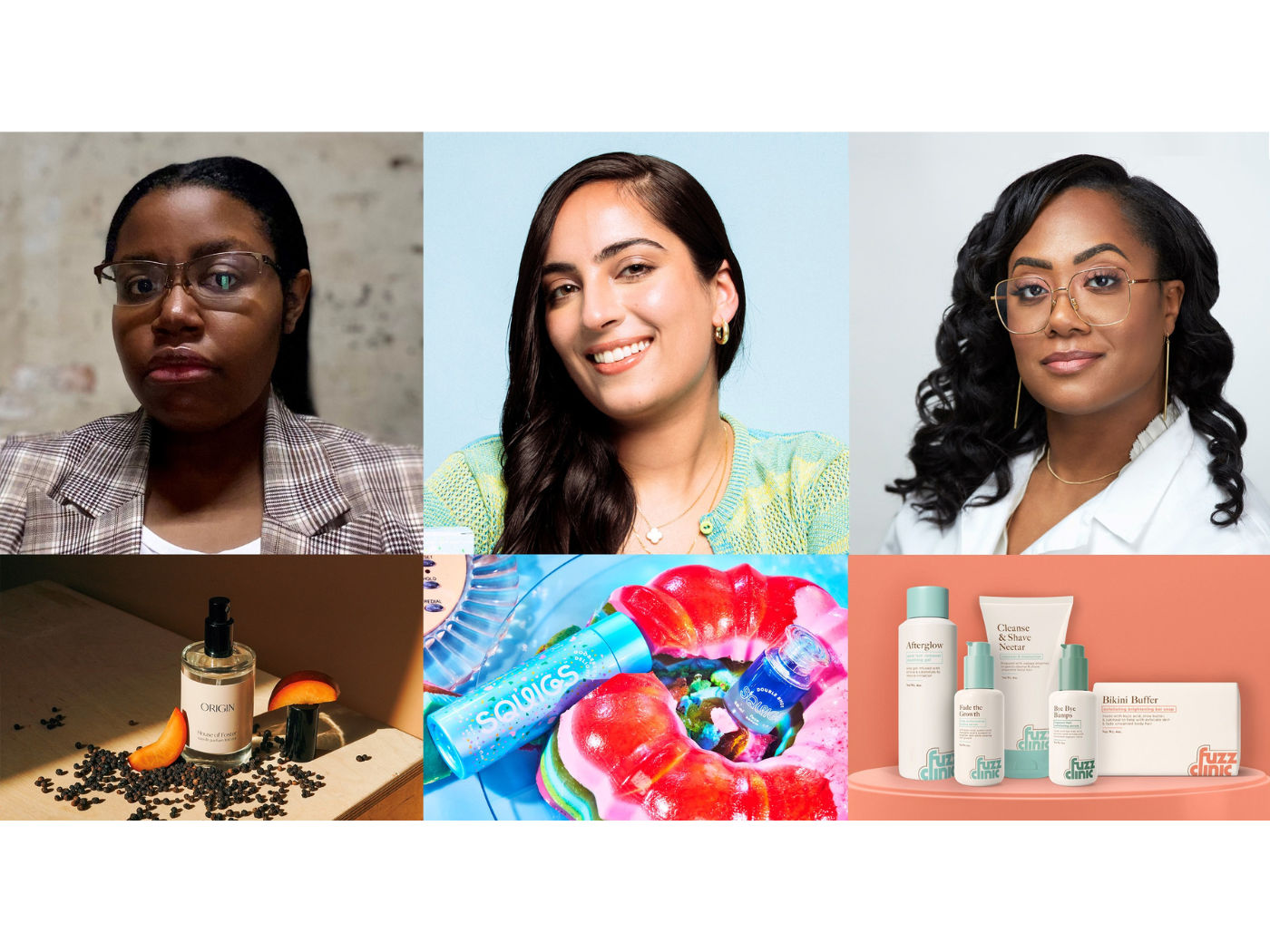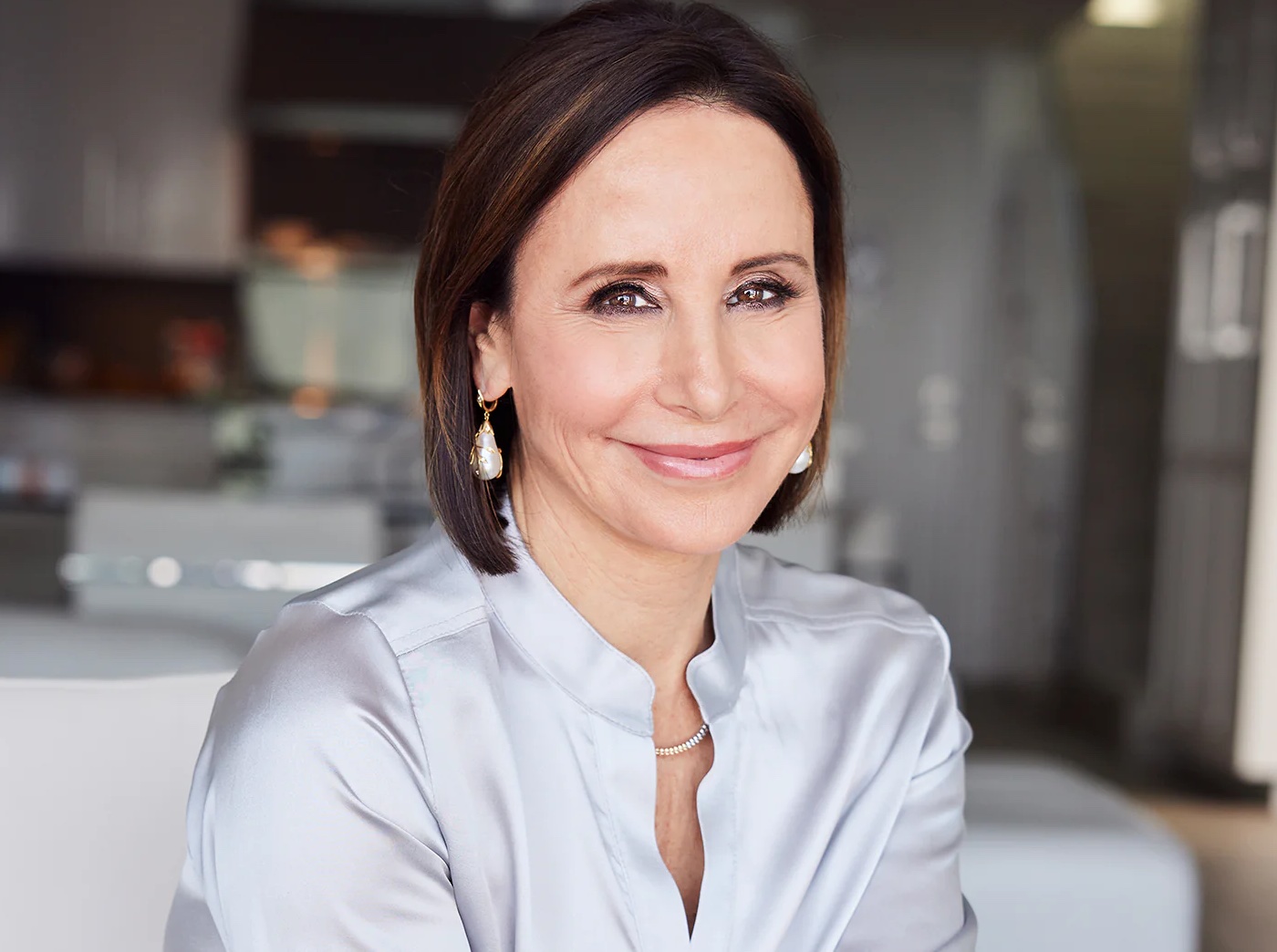Colorpop and Kiley in color, Tata Harper and Tula in skincare, ScentBird and MCMC in fragrances – these are only a few names of many so-called “indie brands” that won over consumers and market share away from the beauty giants. According to The NPD Group, nontraditional brands like these accounted for half the dollar sales and 55 percent of the 2017 growth in prestige beauty. They grew 6 points faster than traditional brands.
There have always been small niche brands in beauty. So what is different this time?
The first consideration is the overall trust crises happening around the world. Our 2017 global survey of 7,000 consumers indicates that consumers place a high level of trust and confidence in smaller businesses compared to large corporations. This is a critical shift in consumer sentiment that makes it possible for smaller brands to thrive.
In addition, indies are disrupting the delineation between mass and prestige. Some successfully borrow cues from luxury brands just to deliver an upscale look and feel at mass market prices. Finally, indie brands are benefiting from the ‘digital storm’ that is taking place all around us. More consumers are searching and shopping for beauty online, social media and influencer marketing continues to rise, and the use of technology tools such as Al and VR allow these brands to reach and engage consumers in effective ways.
Established beauty brands and corporations have been watching in awe as the number of indies proliferated over the past few years. The first reaction was “if you can’t beat them, buy them,” which resulted in a spree of acquisitions, however, most recently, the leading players are rethinking their own models and identifying ways to bring the indies’ principles of success to their own brands.
Indies have one thing in common: they adhere to four principles of success, which together form a coherent model that redefines how beauty products are made and sold.
1. A focused and sharp value proposition
Indies all have a crystal-clear value proposition which they embrace without compromise. It is often tied with purpose and emphasizes values such as community, health, environmental impact, and so on. Tata Harper for example, a natural skin care maker, have taken their value proposition to a new level by not only claiming that their products are 100 percent natural and nontoxic, but also showing on their website the production process in their Vermont farm where the products are formulated and hand made. Once a product is ordered consumers can trace the process until they receive their products. It is a fully transparent process that connects nature lovers and wellness seekers with the things they care about most.
2. Speed and Agility
Due to their leaner organizational structure and rapid decision making, indies can develop new products in months instead of years, in weeks instead of months, and sometimes even in days instead of weeks. It reminds us of Zara in the late 90s, breaking all the rules of the apparel industry with its Fast Fashion concept. Not only are indie brands able to bring product to market faster, but they also leverage technology to respond in real time to consumer feedback and purchasing signals. Elf Cosmetics and Seed (the company behind ColorPop and Kylie Cosmetics) are two examples of the adherence to that fluid process.
3. Asset-light business model
The operating model of most indie brands differs from that of traditional consumer goods companies. Rather than owning every aspect of the value chain, they opt for an asset-light model, leveraging a full range of sub-contractors’ capabilities and services, from the formulation expertise of laboratories to manufacturing and logistics. In addition, the distribution model tends to focus on selling directly to consumers over their own websites (like Glossier or Kylie Cosmetics), augmented with some shelf space in key specialty stores like Sephora and Ulta. In both cases, indies take time to study consumer reactions and feedback before piling up inventories.
4. New Marketing Models
Finally, indies’ success has a lot to do with the rise of social media, which allow these brands to deploy new and successful marketing models without having to pay the cost associated with traditional beauty marketing in mass media. In addition, influencer marketing also plays role in the success of the indie. It is part of being an authentic brand and using brand ambassadors with whom consumers can associate, because they are simply “real people”. NYX cosmetics and Becca are two perfect examples of brands that used influencers to grow exponentially. The NPD Group’s Makeup Consumer Report highlighted that 95 percent of makeup users who get their beauty product information online state that YouTube content has an influence on what they buy.
In summary, indie brands managed to shake up the industry and force the established players to rethink the way they do things. While established players will not be able to fully emulate these competitors, they can leverage their traditional assets and use some of the above principles to reinvent their model and protect their market share.
For more information, contact hana.ben-shabat@atkearney.com or visit atkearney.com.



